Home>Gardening & Outdoor>Landscaping Ideas>When To Leave Grass Clippings
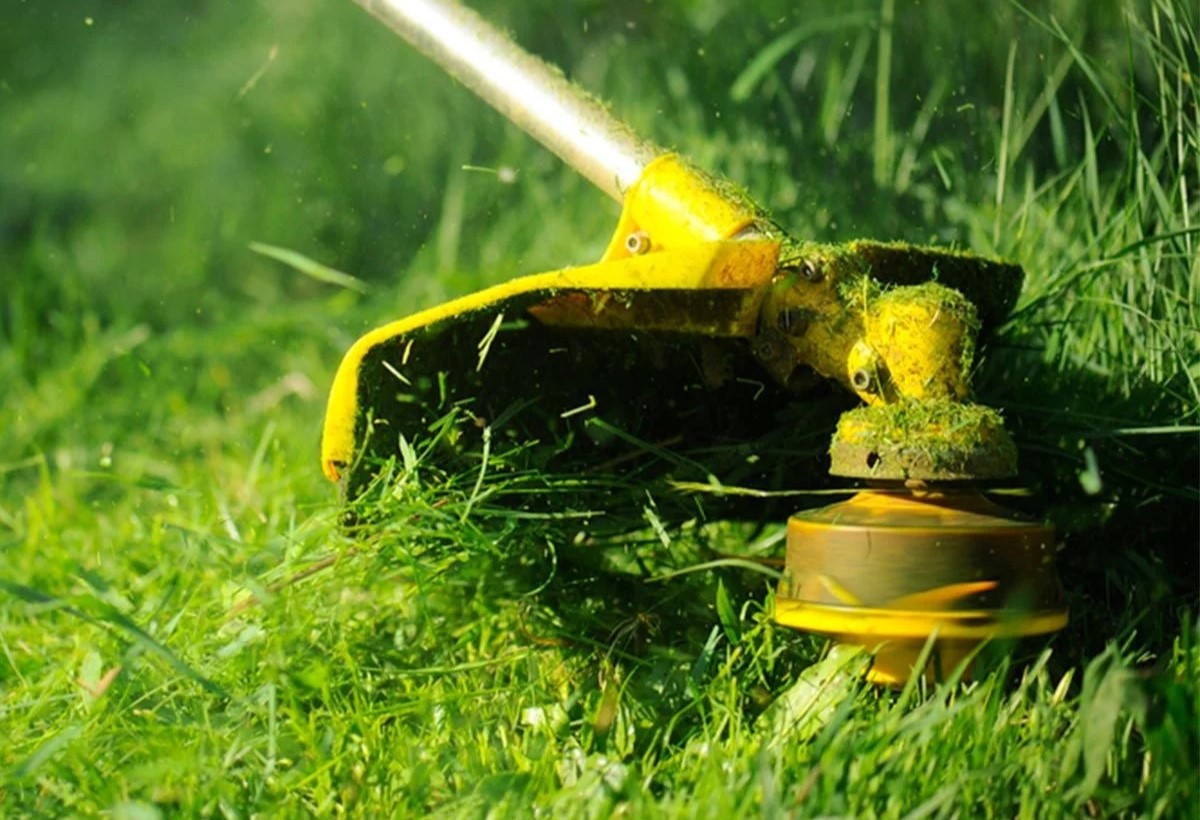

Landscaping Ideas
When To Leave Grass Clippings
Modified: March 25, 2024
Discover the best landscaping ideas for when to leave grass clippings. Learn how to enhance your lawn and promote healthy growth with expert tips and advice.
(Many of the links in this article redirect to a specific reviewed product. Your purchase of these products through affiliate links helps to generate commission for Storables.com, at no extra cost. Learn more)
Introduction
Welcome to the world of landscaping, where every decision you make can have a profound impact on the health and beauty of your lawn. One common dilemma that homeowners face is what to do with grass clippings after mowing. Should they be left on the lawn or collected and disposed of? This decision can significantly influence the overall well-being of your grass, as well as the time and effort you invest in lawn maintenance.
Understanding the benefits and drawbacks of leaving grass clippings is crucial for making an informed choice. In this article, we will delve into the advantages of leaving grass clippings on your lawn, explore the optimal conditions for this practice, and provide valuable tips to ensure successful implementation. Additionally, we will discuss situations in which removing grass clippings may be more beneficial. By the end of this article, you will have a comprehensive understanding of when to leave grass clippings and when it’s best to remove them, empowering you to make the best decision for your lawn.
Key Takeaways:
- Leaving grass clippings on your lawn can naturally fertilize the soil, save time, and promote a healthier lawn when the grass is mowed at the right height and the weather is dry.
- Removing grass clippings is best when the grass is too tall, the weather is consistently wet, or there’s a risk of weed seeds. Following mowing tips and regular maintenance can optimize the benefits of leaving clippings.
Read more: How To Compost Grass Clippings And Leaves
Benefits of Leaving Grass Clippings
Leaving grass clippings on your lawn can offer a multitude of benefits, both for the health of your grass and the overall maintenance of your yard. One of the primary advantages is the natural fertilization that occurs when grass clippings decompose. As the clippings break down, they release essential nutrients back into the soil, including nitrogen, potassium, and phosphorus. This process not only nourishes the existing grass but also promotes healthier root development, leading to a more resilient and lush lawn.
Furthermore, leaving grass clippings can help improve soil structure and moisture retention. The decomposing clippings act as a natural mulch, regulating soil temperature and reducing water evaporation. This can be particularly beneficial during hot and dry periods, as it minimizes the need for excessive watering and helps maintain a consistent level of moisture in the soil.
In addition to the environmental benefits, leaving grass clippings can save you time and effort. Rather than collecting and disposing of the clippings, allowing them to remain on the lawn streamlines the mowing process and reduces the overall maintenance workload. This approach aligns with sustainable lawn care practices, as it minimizes waste and supports a more natural ecosystem within your yard.
By leaving grass clippings on your lawn, you are fostering a self-sustaining cycle of nutrient replenishment and moisture retention, ultimately contributing to the long-term health and vibrancy of your grass.
When It’s Best to Leave Grass Clippings
Leaving grass clippings on the lawn is most beneficial when certain conditions are met. One of the key factors to consider is the length of the grass. If the grass is mowed regularly and the clippings are relatively short, leaving them on the lawn can be highly advantageous. Short clippings decompose more quickly and are less likely to smother the grass, allowing them to integrate seamlessly into the soil and provide essential nutrients without causing an unsightly buildup.
Additionally, optimal weather conditions can influence the decision to leave grass clippings. It is best to leave the clippings on the lawn when the weather is dry, as wet clippings can clump together and create an uneven distribution across the lawn. Dry conditions facilitate the natural decomposition of the clippings, ensuring that they disperse evenly and contribute to the overall health of the grass.
Another important consideration is the health of the grass itself. If the lawn is relatively healthy and free from thatch – a layer of dead grass and organic matter that can accumulate on the soil surface – leaving the clippings in place can enhance the existing ecosystem. However, if thatch is already present, it may be more beneficial to remove the clippings to prevent further buildup and potential suffocation of the grass.
Ultimately, the decision to leave grass clippings should be based on the specific characteristics of your lawn, the prevailing weather conditions, and the regular maintenance practices you employ. When these factors align favorably, leaving the clippings on the lawn can contribute to the overall well-being and sustainability of your grass.
Leaving grass clippings on your lawn can provide natural nutrients for the soil and help with moisture retention. However, it’s best to only leave clippings if they are short and won’t smother the grass.
When It’s Better to Remove Grass Clippings
While leaving grass clippings on the lawn offers numerous benefits, there are certain circumstances in which it may be more advantageous to remove the clippings. One such scenario is when the grass is excessively tall, and mowing results in long clippings that are likely to clump together and hinder the healthy growth of the grass. In such cases, removing the clippings prevents them from smothering the lawn and allows for a more even distribution of nutrients and moisture.
Additionally, if the weather is consistently wet or rainy, it may be better to collect and dispose of the grass clippings. Wet clippings tend to clump together and can create an unsightly and potentially damaging layer on the lawn. By removing the clippings during wet weather, you can avoid potential issues related to uneven decomposition and the development of fungal diseases, thus preserving the overall health and appearance of the grass.
Another consideration for removing grass clippings is the presence of weed seeds or invasive plants in the lawn. If you suspect that the grass clippings may contain seeds from unwanted plants, it is advisable to collect and dispose of the clippings to prevent the spread of these seeds within your yard. This proactive approach can help maintain the integrity of your lawn and minimize the need for future weed control measures.
Furthermore, if your lawn is prone to thatch buildup, removing grass clippings can help prevent the accumulation of additional organic material on the soil surface. By regularly removing the clippings, especially during periods of vigorous grass growth, you can mitigate the risk of thatch development and promote a healthier and more resilient lawn.
Considering these factors, there are instances when removing grass clippings is the more prudent choice, safeguarding the overall health and aesthetics of your lawn.
Tips for Leaving Grass Clippings
When opting to leave grass clippings on your lawn, there are several tips and best practices to ensure optimal results and promote the health of your grass. One essential tip is to mow the lawn when the grass is dry. This helps prevent clumping and allows for a more even distribution of the clippings across the lawn. Additionally, mowing dry grass ensures that the clippings decompose more effectively, contributing valuable nutrients to the soil.
It’s also beneficial to mow the grass when it’s at the appropriate height. Avoid cutting more than one-third of the grass blade length in a single mowing session. By adhering to this guideline, you can maintain the health and vigor of the grass while producing shorter clippings that are more conducive to decomposition and integration into the soil.
Regular lawn maintenance, including aeration and dethatching, can complement the practice of leaving grass clippings. Aeration helps improve soil structure and allows for better penetration of nutrients and water, while dethatching prevents the accumulation of excessive organic matter on the soil surface, facilitating the decomposition of grass clippings and promoting a healthier lawn ecosystem.
Furthermore, consider using a mulching mower, which is specifically designed to finely chop grass clippings and disperse them evenly across the lawn. Mulching mowers facilitate the decomposition process and minimize the visual impact of the clippings, resulting in a neater and more uniform appearance.
Lastly, maintaining a consistent mowing schedule and varying the mowing direction can help prevent the formation of ruts and ensure that the clippings are distributed evenly. By following these tips and integrating them into your lawn care routine, you can maximize the benefits of leaving grass clippings and promote the long-term health and vitality of your grass.
Conclusion
As a conscientious homeowner invested in the well-being of your lawn, the decision of whether to leave grass clippings or remove them holds significant implications for the overall health and appearance of your grass. Understanding the benefits of leaving grass clippings, the optimal conditions for this practice, and the situations in which removal may be more beneficial empowers you to make informed choices that align with the specific needs of your lawn.
Leaving grass clippings on the lawn offers a natural and sustainable approach to lawn care, providing essential nutrients, promoting soil health, and streamlining the maintenance process. When the grass is mowed at the appropriate height, the weather is dry, and the lawn is relatively healthy, leaving the clippings in place can contribute to a thriving and resilient lawn ecosystem.
Conversely, there are instances when removing grass clippings is the more prudent choice, such as when the grass is excessively tall, the weather is consistently wet, or the lawn is prone to thatch buildup. By recognizing these scenarios and adapting your approach accordingly, you can mitigate potential issues and support the long-term vitality of your grass.
Implementing best practices, such as mowing dry grass, maintaining the appropriate grass height, and using a mulching mower, can optimize the process of leaving grass clippings and ensure favorable outcomes for your lawn. Additionally, integrating regular lawn maintenance activities, such as aeration and dethatching, complements the practice of leaving clippings and contributes to a healthier and more resilient lawn ecosystem.
Ultimately, the decision to leave or remove grass clippings should be guided by a nuanced understanding of your lawn’s unique characteristics, prevailing weather conditions, and regular maintenance practices. By leveraging this knowledge and implementing the tips and insights provided in this article, you can cultivate a vibrant, sustainable, and visually appealing lawn that reflects your commitment to thoughtful and effective lawn care.
Frequently Asked Questions about When To Leave Grass Clippings
Was this page helpful?
At Storables.com, we guarantee accurate and reliable information. Our content, validated by Expert Board Contributors, is crafted following stringent Editorial Policies. We're committed to providing you with well-researched, expert-backed insights for all your informational needs.
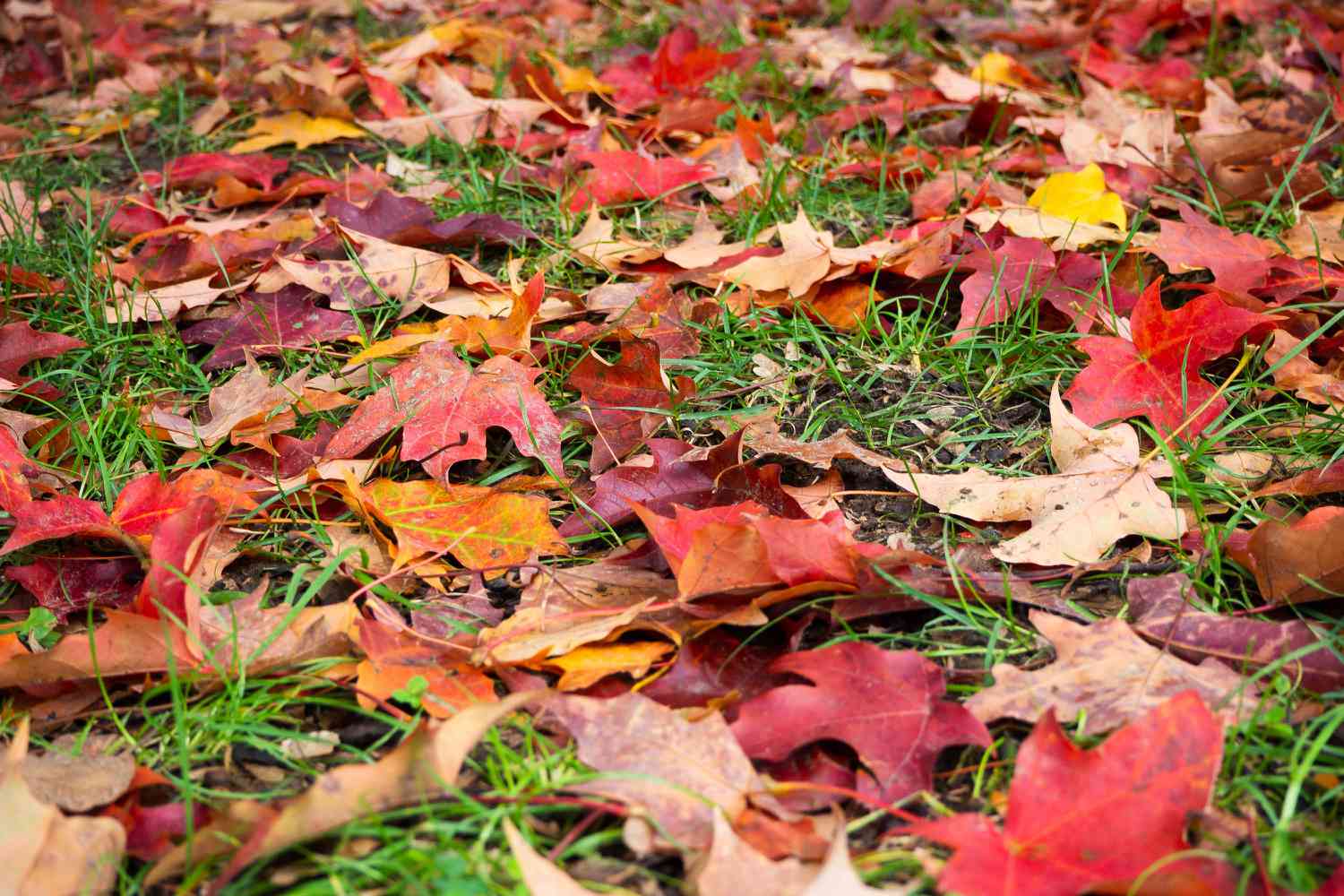
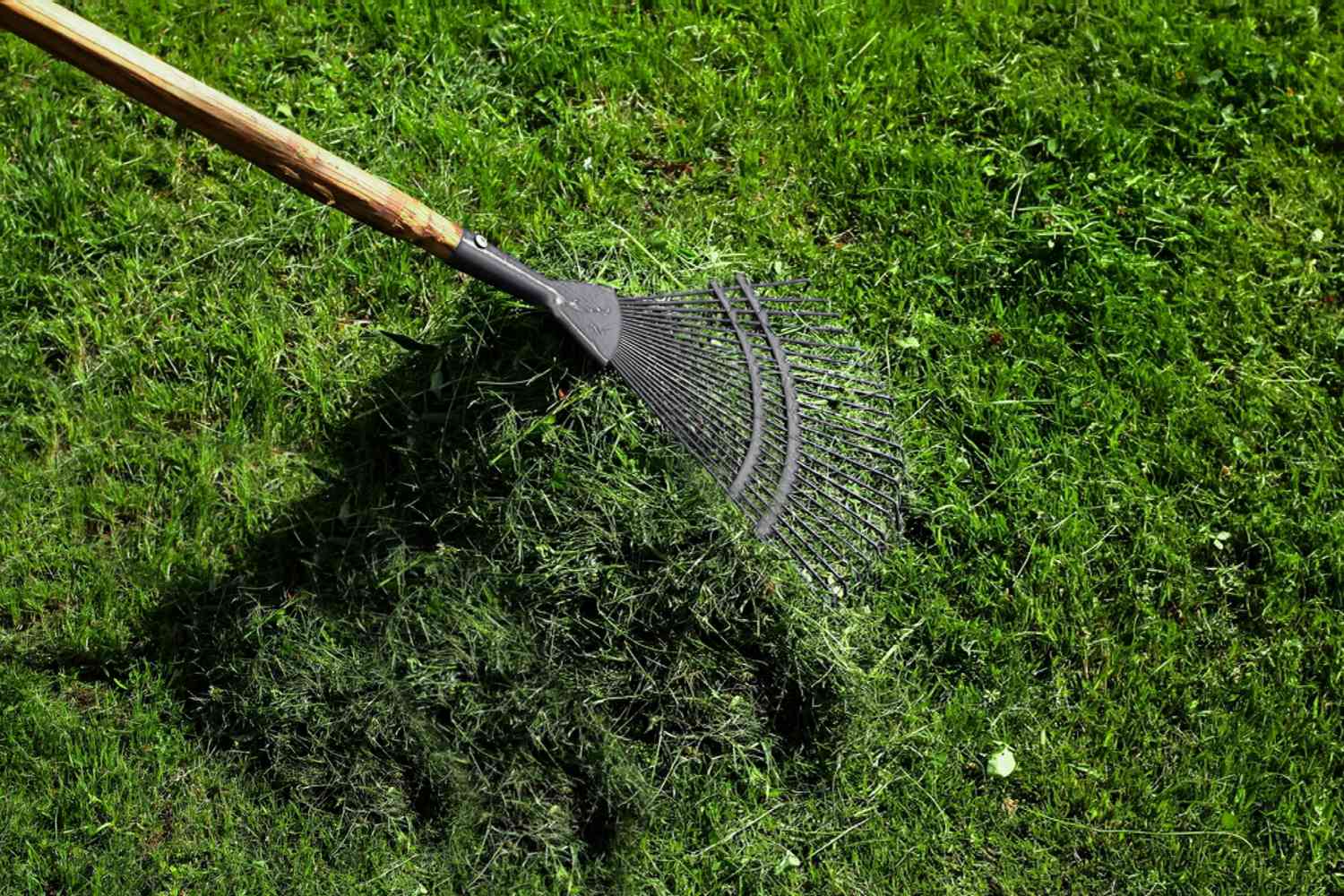
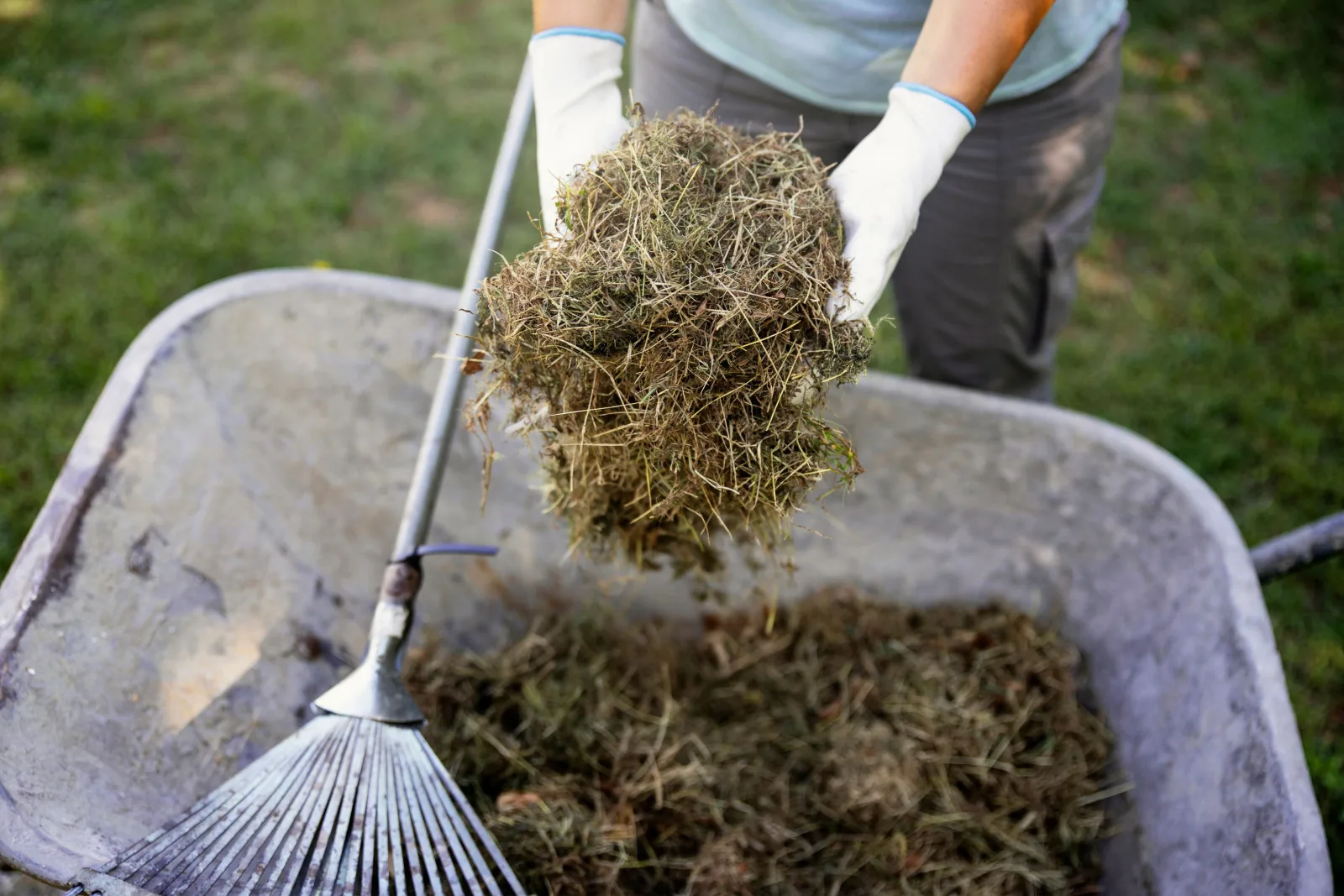
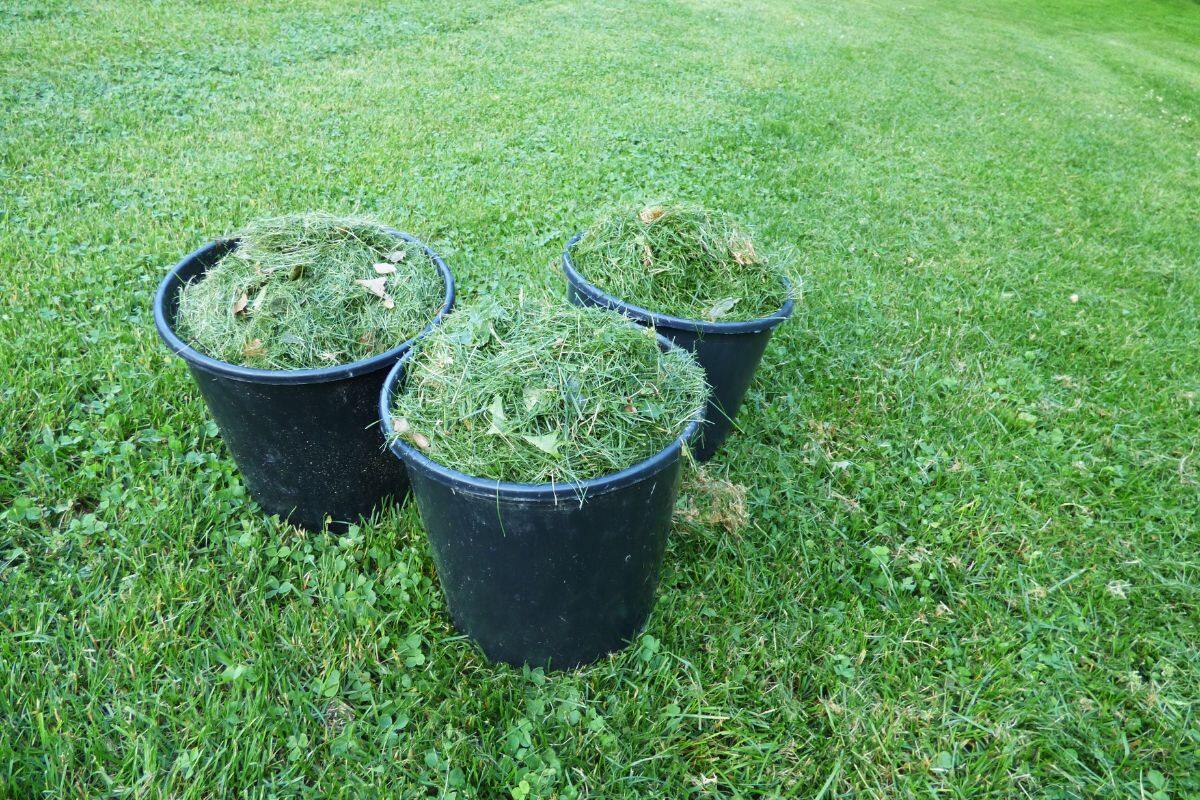
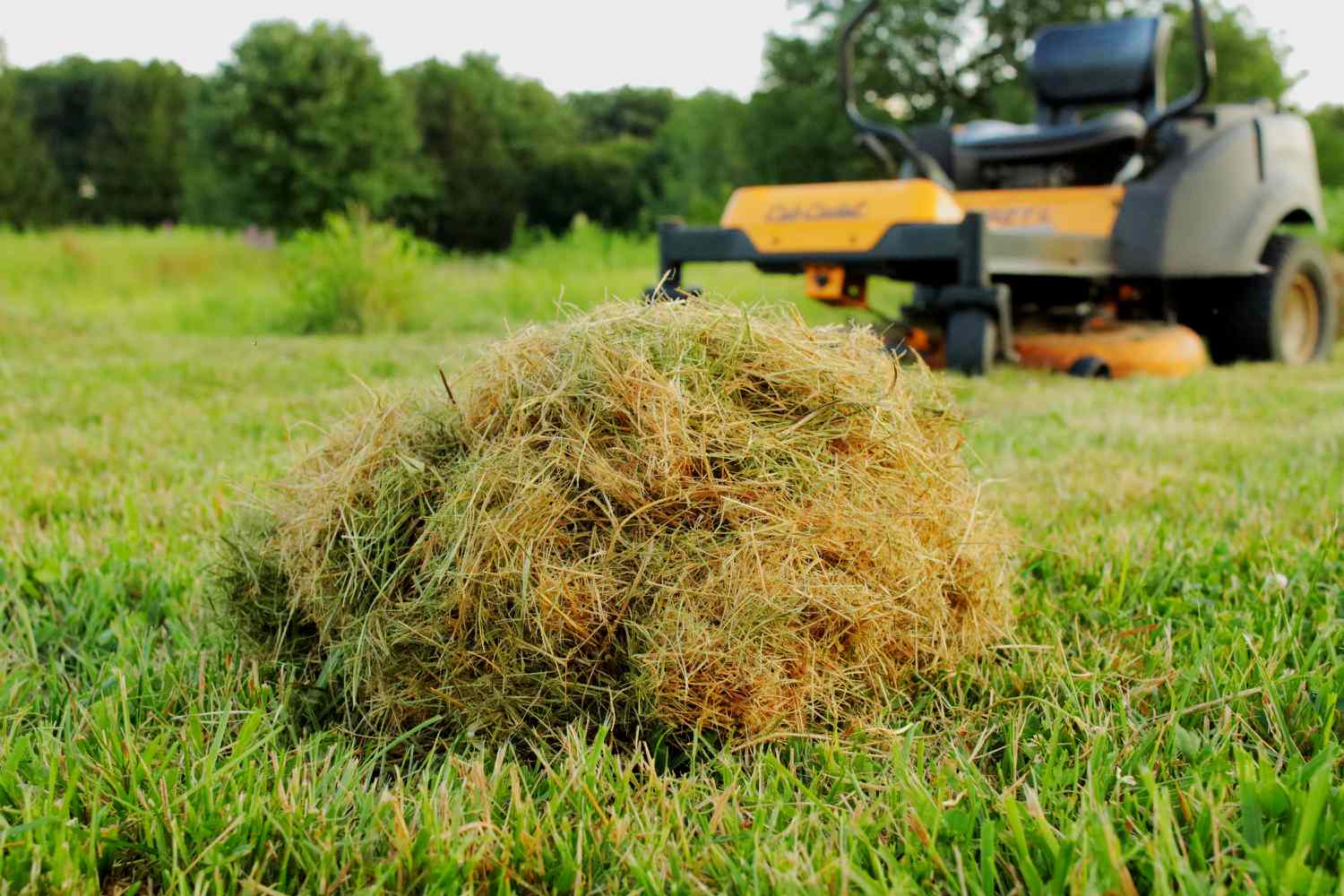
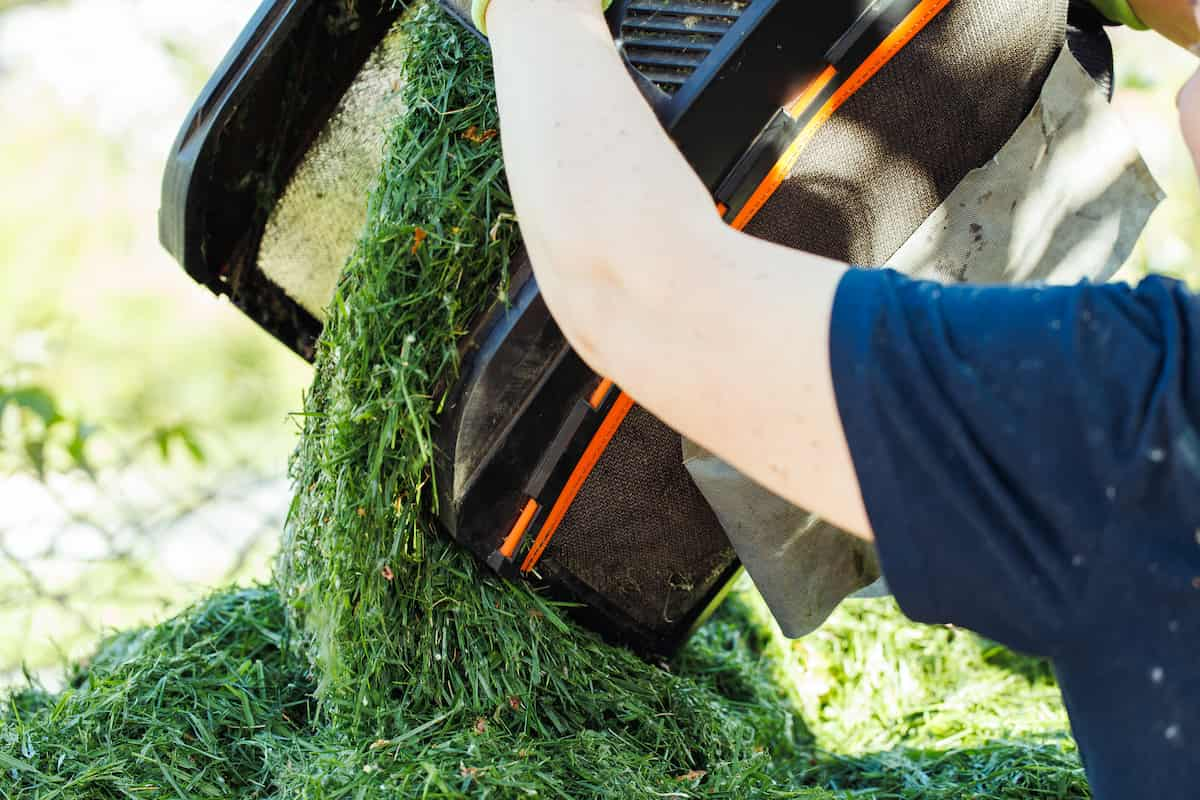
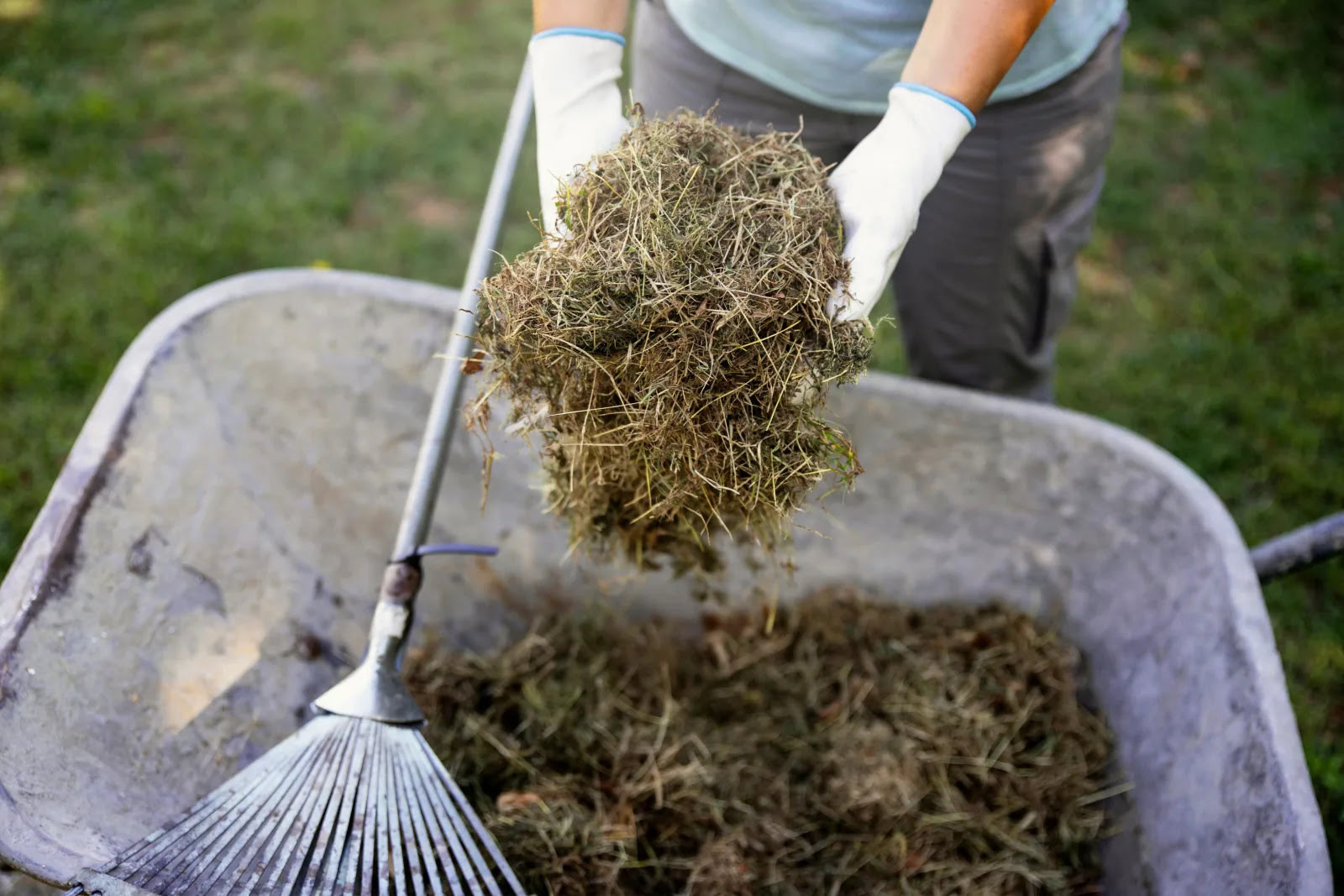
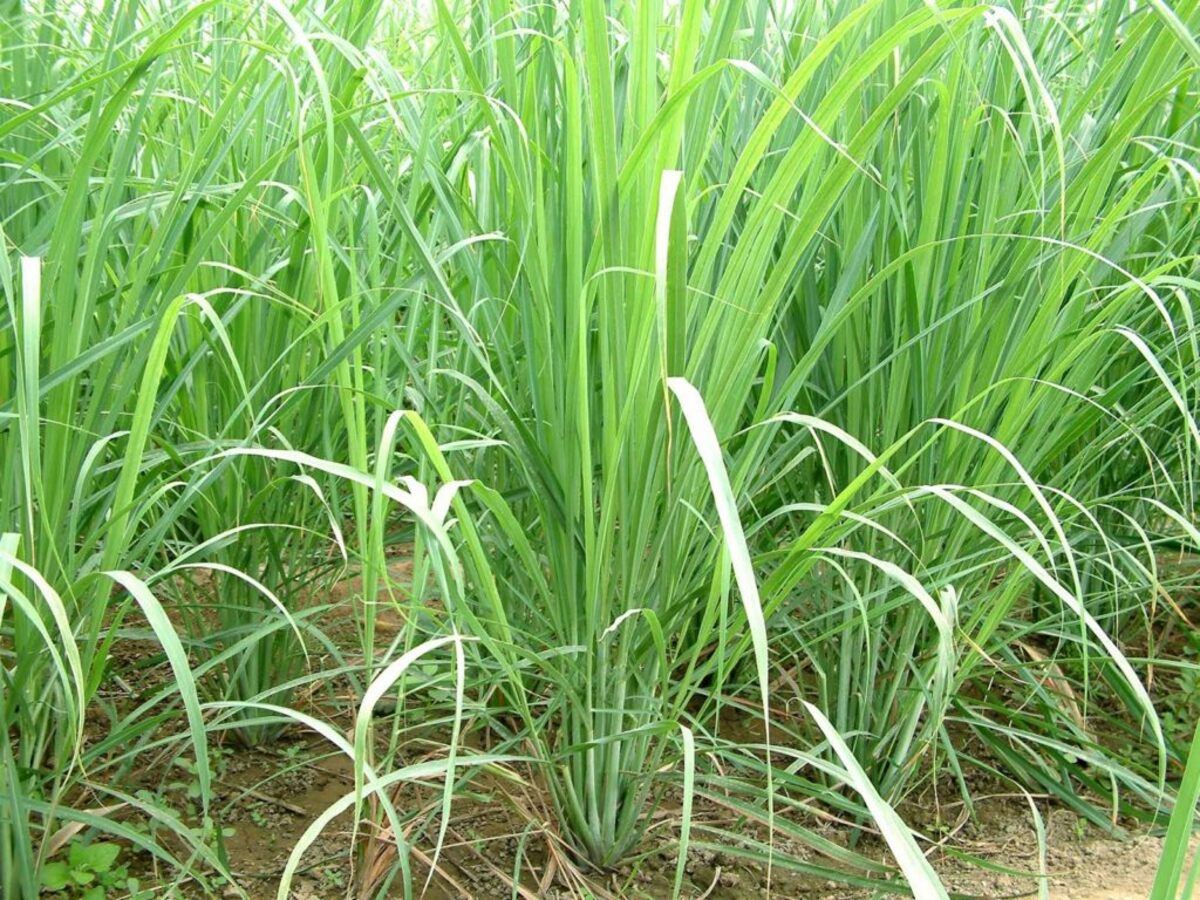
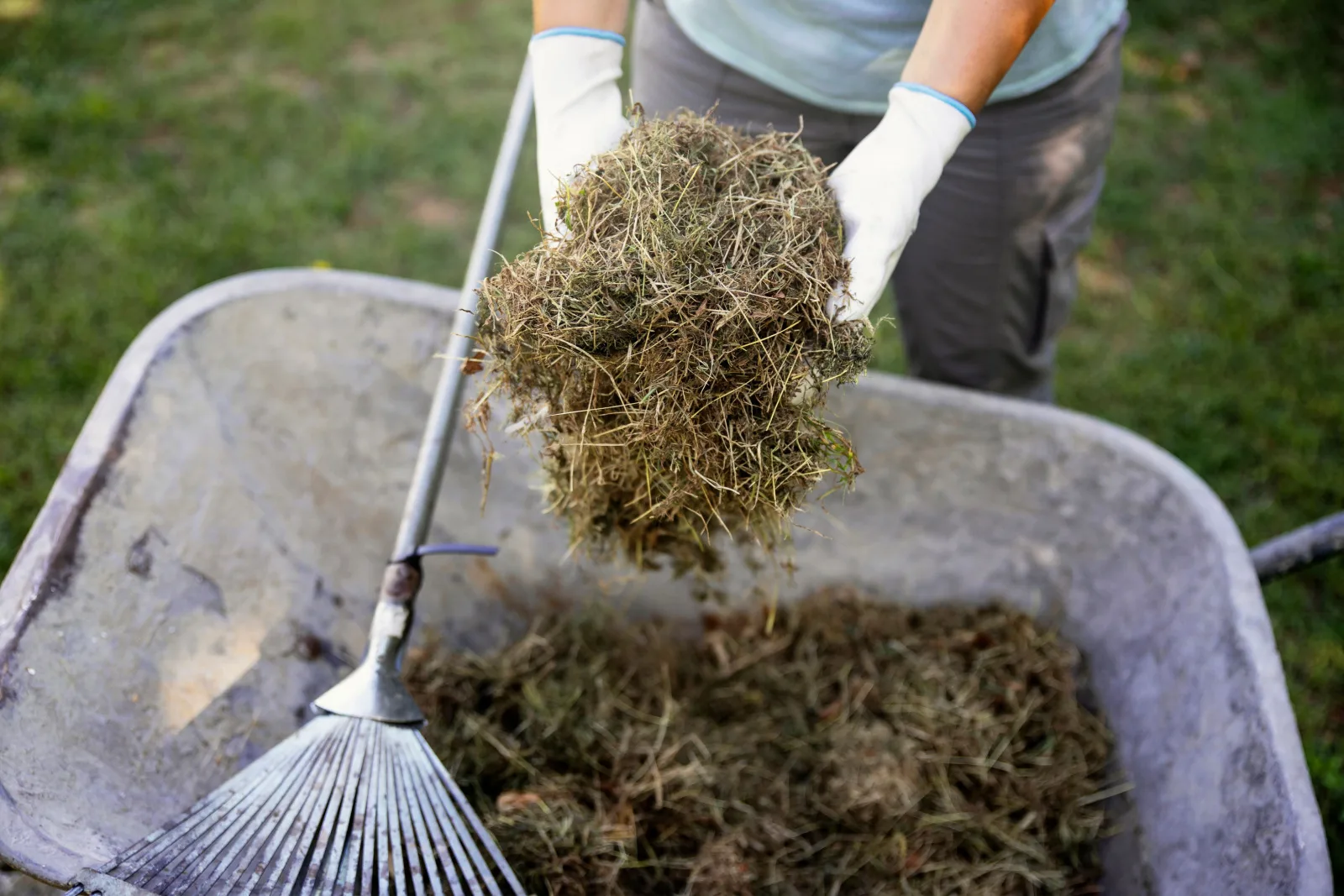
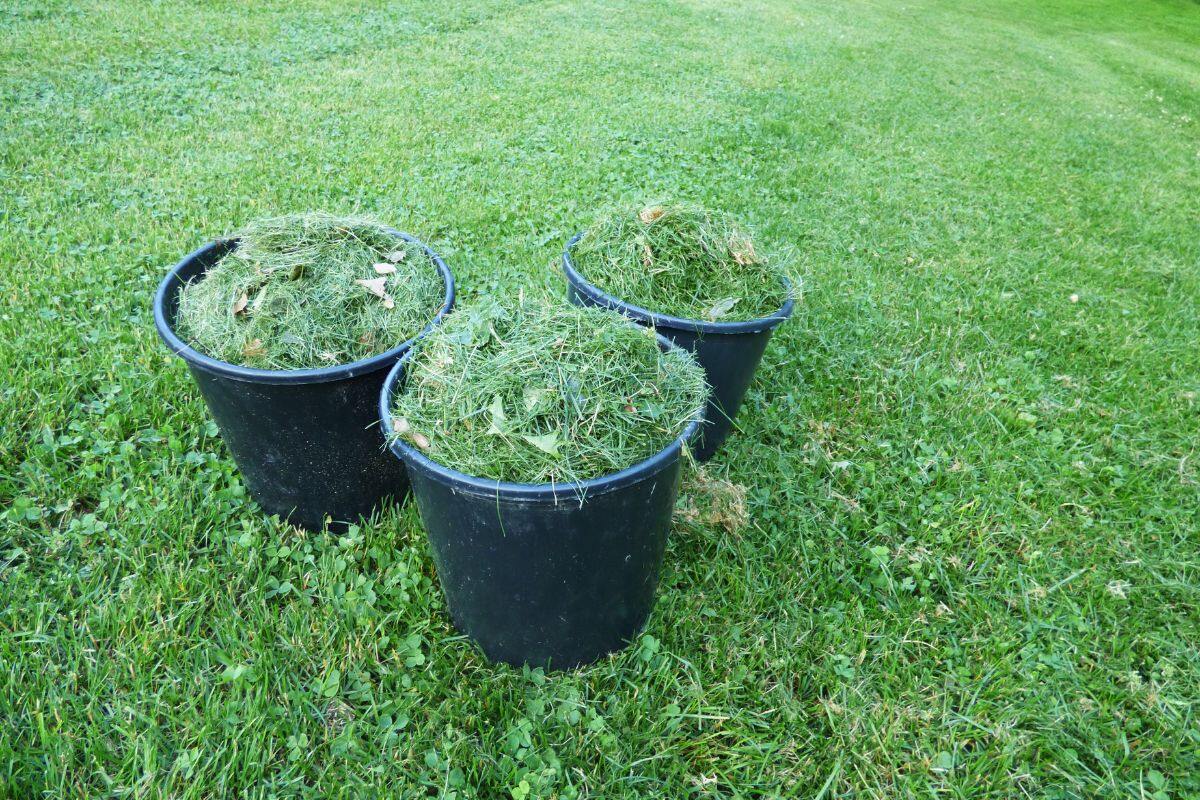
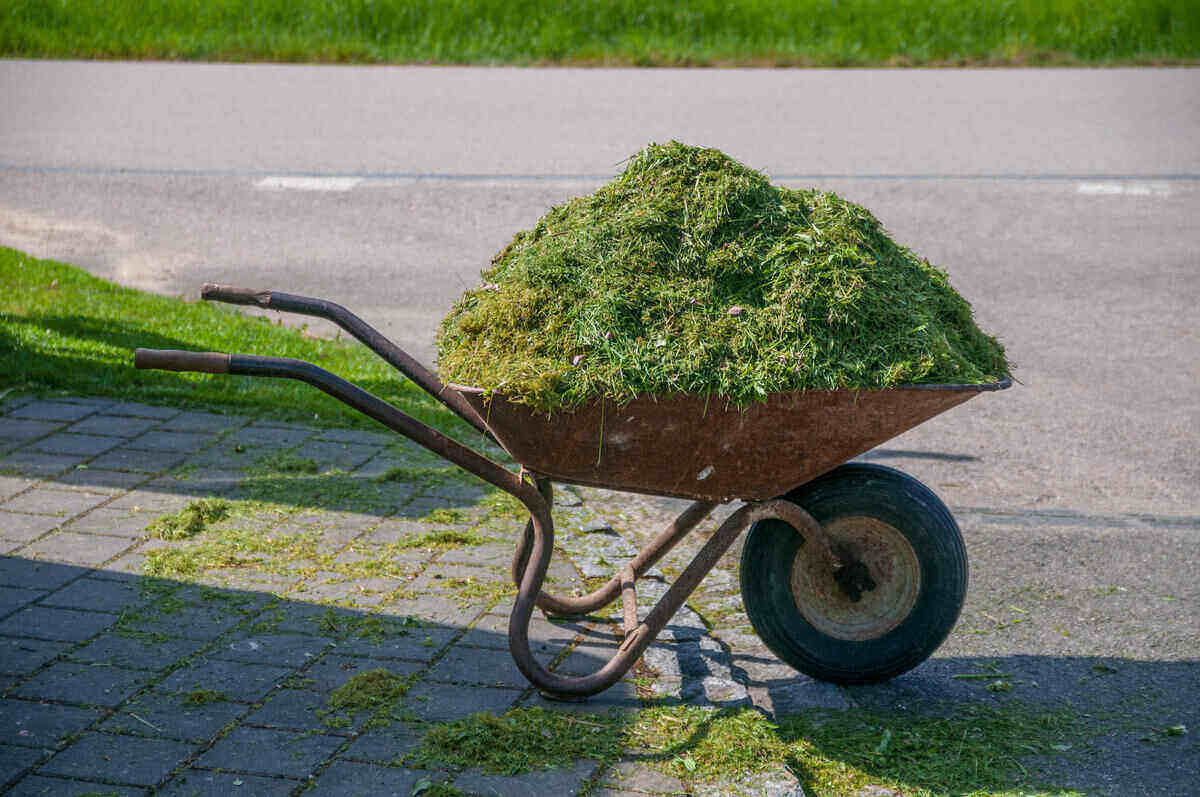
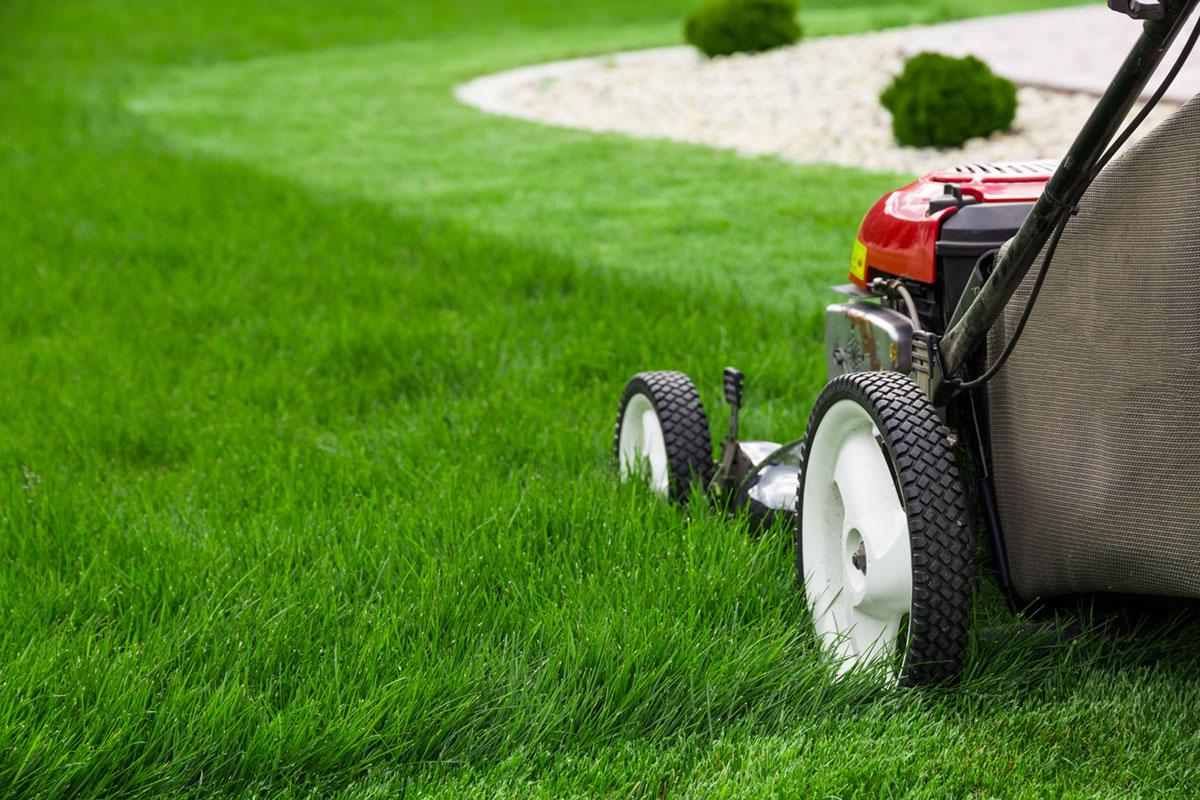
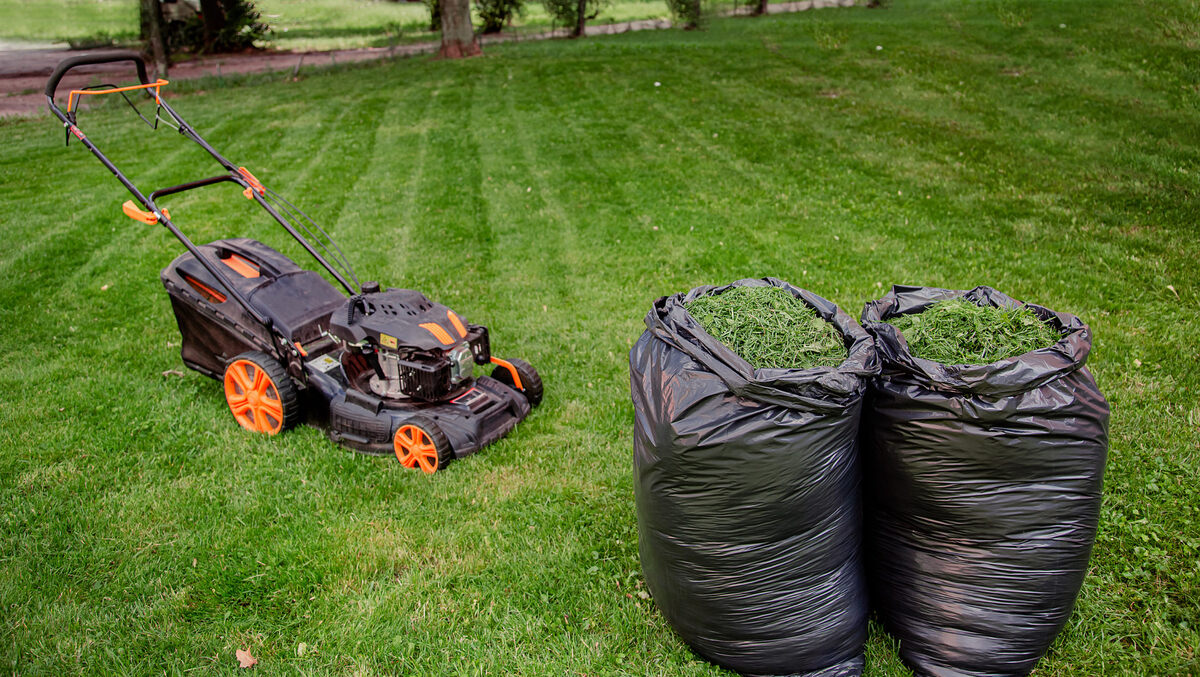
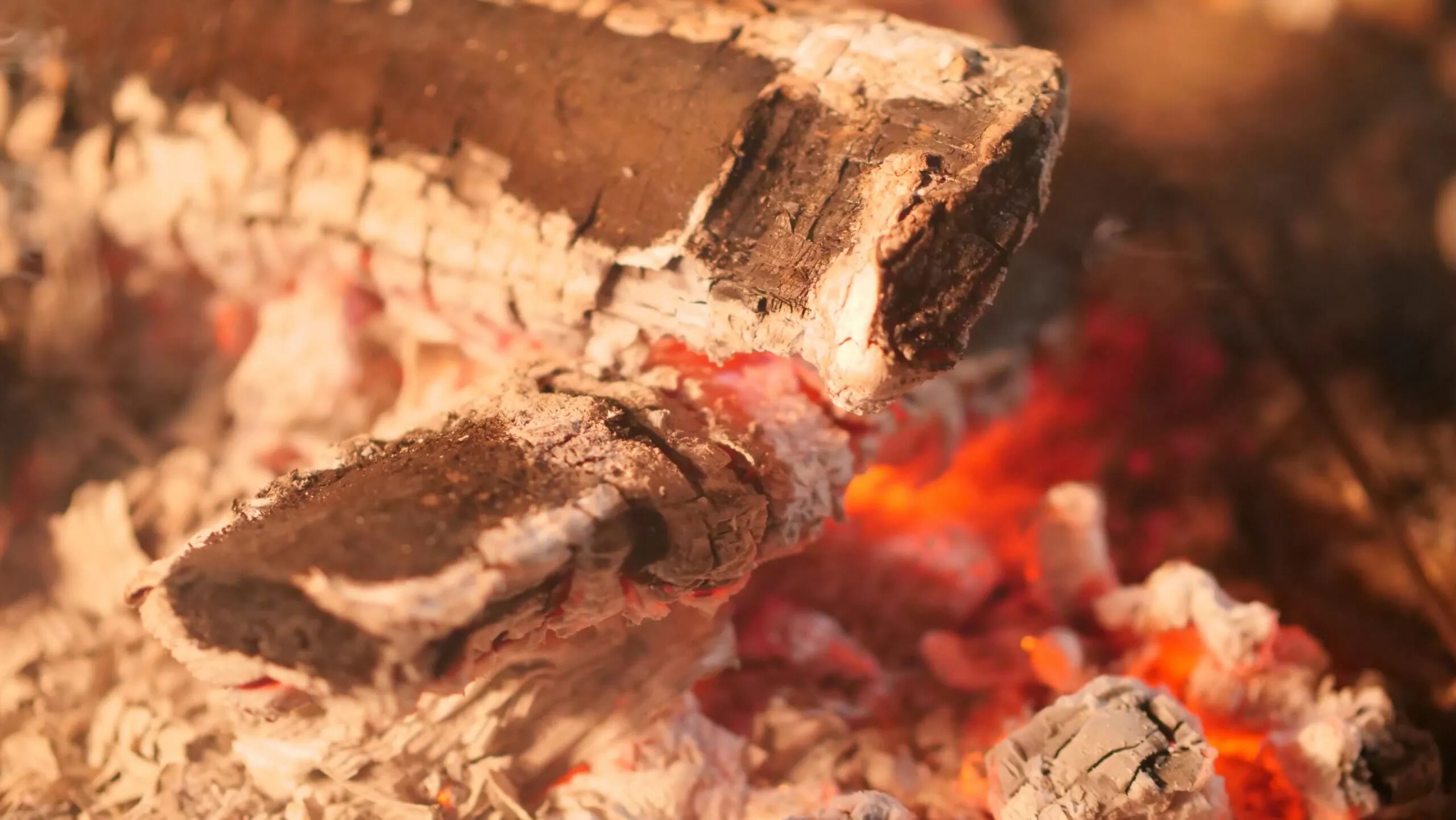

0 thoughts on “When To Leave Grass Clippings”